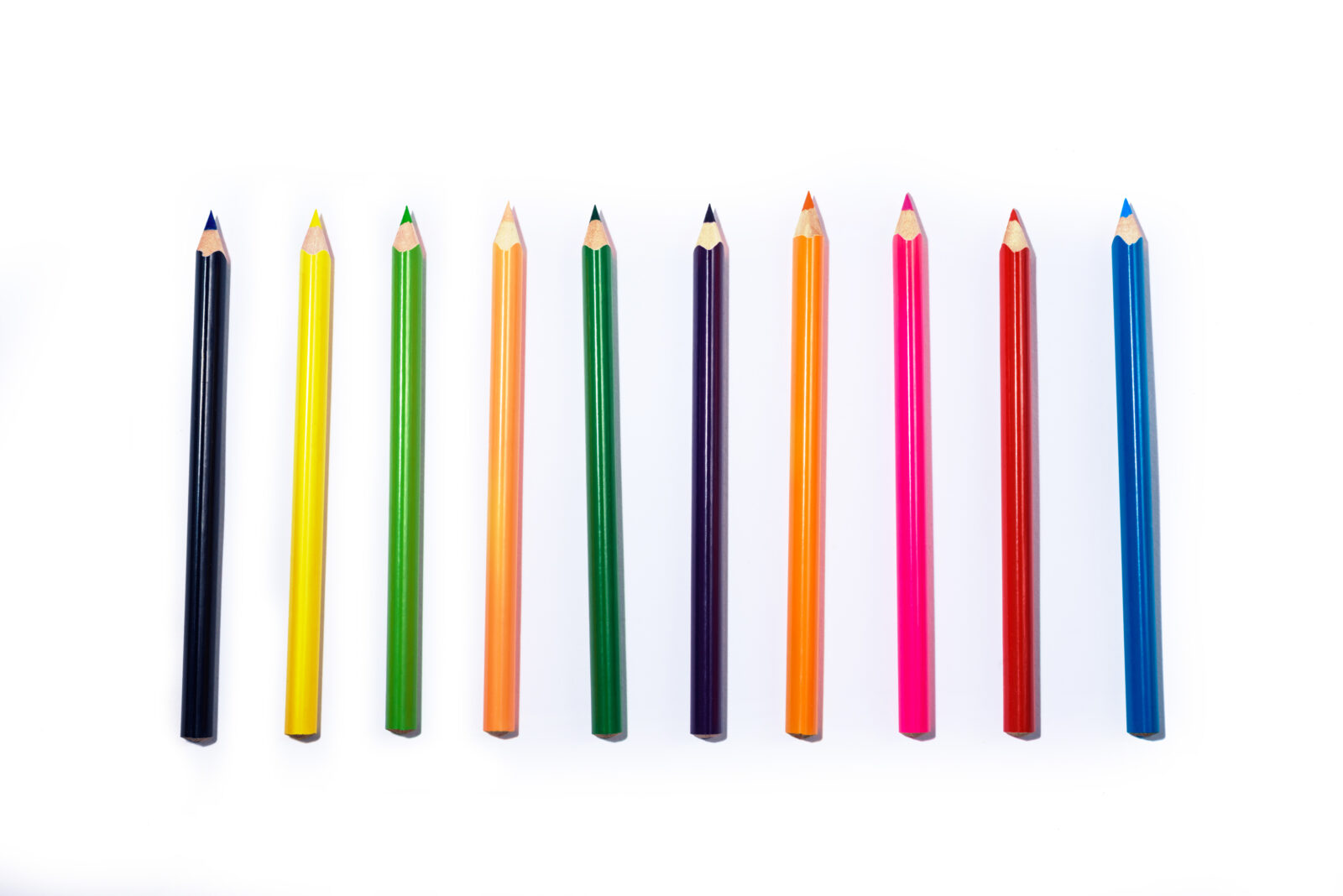


The basis of art therapy practice lies in two beliefs: our human nature to see the visual world in a subjective fashion and the inherent power of creative expression. Creating an image or object by reproducing and interpreting our everyday outer world is a form of personal expression filled with unique symbolism that reveals facets of our inner world.
This simple art exercise may provide some insight into yourself, using the metaphor of a bridge to explore how you manage change and transitions from one realm of life to another.
The image of a bridge can be a symbolic expression of your unique way of managing any kind of transition, such as moving from childhood to adolescence, getting married, becoming a parent, a mid-life career change, retirement, and eventually the end of life.
Find a comfortable, well-lit space with minimum distractions and no time restrictions. Draw an image of a bridge in any way you wish using your oil pastels or crayons. No artistic skill is required—focus on free self-expression. After you complete the drawing, place a small dot of any color in any part of the image to represent your placement. There is no right or wrong way of doing this exercise.
Keep in mind there is no single way or correct way to interpret an image based on a formulaic and generalized preconception (for instance, “black means depression” or “sharp teeth means aggression”). Each image must be understood through the mood and emotional state of the person who created it in that moment, as well as in the context of their past personal experience.
In art therapy practice, the art therapist has the privilege of knowing the person and witnessing their whole creative process, which helps the therapist interpret the created artwork. For this art exercise, however, you are creating an image of a bridge by yourself, so I offer generalized guidelines that you can apply to understand your drawing and its symbolic meanings. Do not read the interpretation guideline questions below until after you’ve finished drawing. Use the prompts to understand the connection between the expressed image and your inner state.
1. What materials is the bridge made of? For instance, steel, wood, stone, logs?
Implications: Is the bridge solid enough, secure enough, and safe enough to cross? Do you feel your transitional process is based on solid and safe circumstances? Do you have solid support from friends and family?
2. How long is the bridge? Does the bridge connect one place to another?
Implications: How long could this transitional period last? Does this transition have a specific end goal or desired destination, or is it an unknown and unpredictable journey?
3. What kind of bridge is it? Is it a straight road, arch-shaped, have many steps, or lack support, like a swinging rope bridge?
Implications: What are the potential challenges and dangers of crossing this bridge? Is your transitional phase difficult, requiring concentration, planning, and extra caution or effort?
4. What is beneath the bridge? Soft grass, calm water, a rough river, or a highway with heavy traffic?
Implications: What would happen if you fell off the bridge? Would you land in a safe or dangerous place? Do you feel that you have a safety net should you encounter difficulty while going through this transition?
5. Is there any environment surrounding the bridge, and if so, what is it like? Is it sunny with trees and many living things or cloudy and deserted?
Implication: The overall mood of the environment may reflect your general emotional state while going through the transition. There is nothing wrong if you did not draw the environment, but sometimes life changes are closely impacted by the surrounding circumstances.
6. Where did you place yourself in the image, as represented by the dot? Are you on the bridge, and if so, which part? Are you at the beginning, middle, or toward the end?
Implications: If you placed yourself at the beginning, are you anticipating a life change? Or are you halfway or almost at the end of a transitional journey? If you placed yourself outside of the bridge, are you avoiding or simply not going through a transitional phase right now?
First, there should not be any judgment of your artwork in terms of good or bad, right or wrong, healthy or pathological. This exercise does not determine who you are, but rather gives you a glimpse of how you experience transitions in your life at this time.
Second, there may be some discrepancy between what you intended to draw (your conscious process) and what is visually expressed (your unconscious process). For example, you might have intended to draw a solid steel suspension bridge, but the bridge you drew looks flimsy and shaky. This discrepancy could be from a lack of technical skills, but it often indicates an inconsistency between what you wish for and what you actually feel. In general, you should trust the drawn images as your authentic expression of self. Such duality exists in all of us, and you can accept both parts, but visual expression adds another layer of understanding into the unconscious, often repressed part of our inner life.
Third, keep in mind that this is not an example of professional art therapy practice, which would be conducted under qualified supervision, but rather a small example of self-exploration through visual expression. I hope you gained some insight into yourself.

Ikuko Acosta, PhD, ATR-BC, is a professor in the Art Therapy Program at New York University. She has extensive clinical experience as an art therapist and art therapy educator, working with a wide range of populations including seniors, adults, adolescents, and children. She has published articles in American Journal of Art Therapy and has been promoting the field of art therapy globally for the past thirty years.
Get the latest news and stories from the Rubin, plus occasional information on how to support our work.